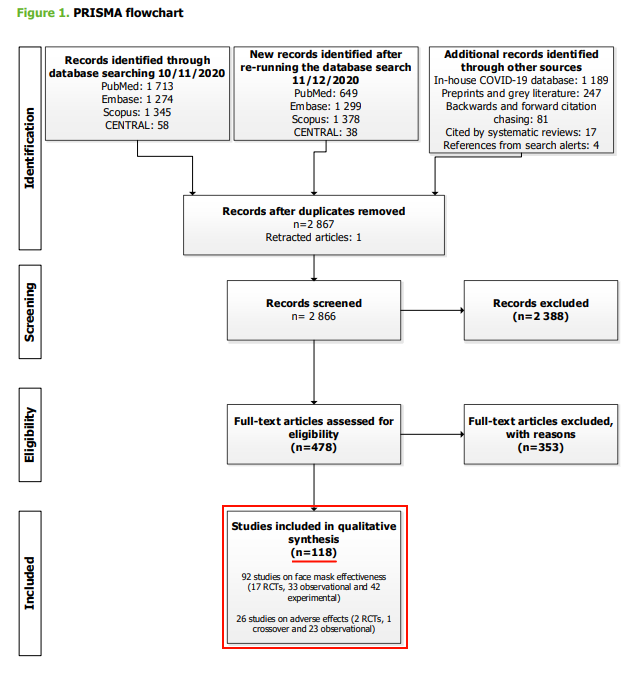
1/ Because by judging from other countries (mine for example) that is completely true. Just took my kid to primary school, all parents packed together (with their 'masks on' of course). Who would have known? Right?
https://twitter.com/DavidSteadson/status/1366438608069152771
2/ But let's make it fun. Every thread is better with a poll. Do people use masks properly in your city? Keep distance, don't touch it, over the nose... you know the usual.
3/ That's why I wrote this small rant a few weeks ago. Because using PPE in the wrong way is worse than not use it at all.
https://twitter.com/federicolois/status/1357912797783457792
4/ And that is obviously assuming that (you know) the evidence of them to work would support the recommendations. Haven't finished the second part, because of my inability to deal with how uninspiring the results of the first part are.
https://twitter.com/federicolois/status/1361902737265471491
5/ I know many 'experts' that would use to visit Amazon and request a copy of this masterpiece. amazon.com/Users-Guides-M… 

6/ I love how this section starts: "Science is often not objective. The choice of research questions, the methods
to collect and analyze data and the interpretation of results reflect the Weltanschauung, or worldview of the investigators".
to collect and analyze data and the interpretation of results reflect the Weltanschauung, or worldview of the investigators".

7/ When best evidence for the evidence-based GRADE analysis of the @ECDC_EU says in its abstract: "Although the difference observed was not statistically significant, the 95% CIs are compatible with a 46% reduction to a *23% increase in infection*" we should be calling Houston.
8/ But you want to hear something funny (which shouldn't be BTW). The @ecdc_eu study does cite it, but don't even acknowledge it in their recommendation analysis. That is borderline... you know. 

9/ ... yeah, you know that I was going to say, "quite an oversight". So the point of this, their researchers have their own worldview too, but if they contaminate their own study with it, there is no use in their recommendation. Then science itself gets discreditted.
10/ You know, in science the decent thing is to ask the authors privately what they meant with something. I just couldn't find a way to contact the authors (no emails there) because not publishing these tables strikes me as odd (to say the least). 

11/ The reason why is because the justification for the recommendation is entirely based on that risk assessment, which I cannot do because the tables are not there. I know, some people like me like to look at supplementary material. 

12/ If you are into the research business I will give you a tip. The supplementary material is often where the gems are, my process is I always go to the abstract, conclusions, and THEN the supplementary (if available). If that adds up, then I go to read the main body.
13/ This thread about wearing improperly masks has become Part 2 of the deep dive on the study. My verdict, I don't agree with @BallouxFrancois about the recommendation being balanced. It is so full of holes that the recommendation itself is worthless and unsubstantiated.
14/ So with this I conclude that: "Sorry, the evidence for mask mandates in Europe is just not there". If you want others to know about how I reached those conclusions don't forget to RT this and the other thread.
15/ You can agree or disagree with my conclusions, that's how science works. Hopefully, this showcase on how to evaluate a study (under GRADE methodology) is of use to you for a future encounter. Feel free to tag me on your own if you learned something from this exercise.
• • •
Missing some Tweet in this thread? You can try to
force a refresh







